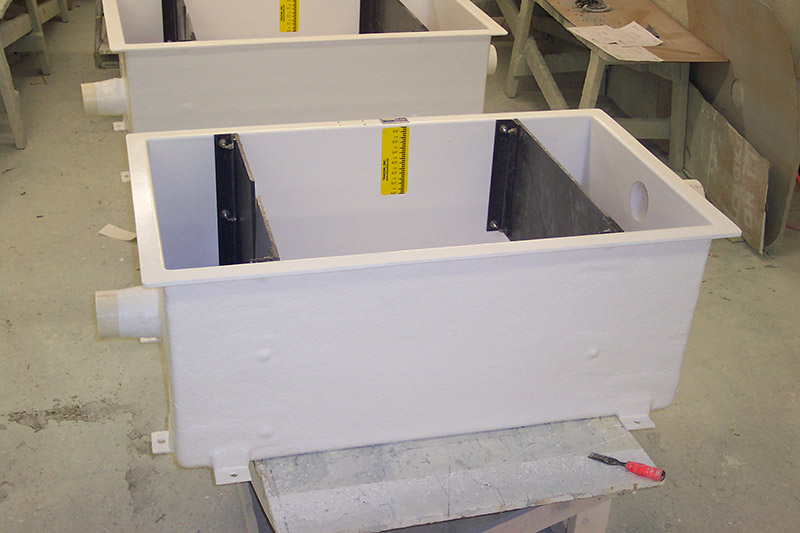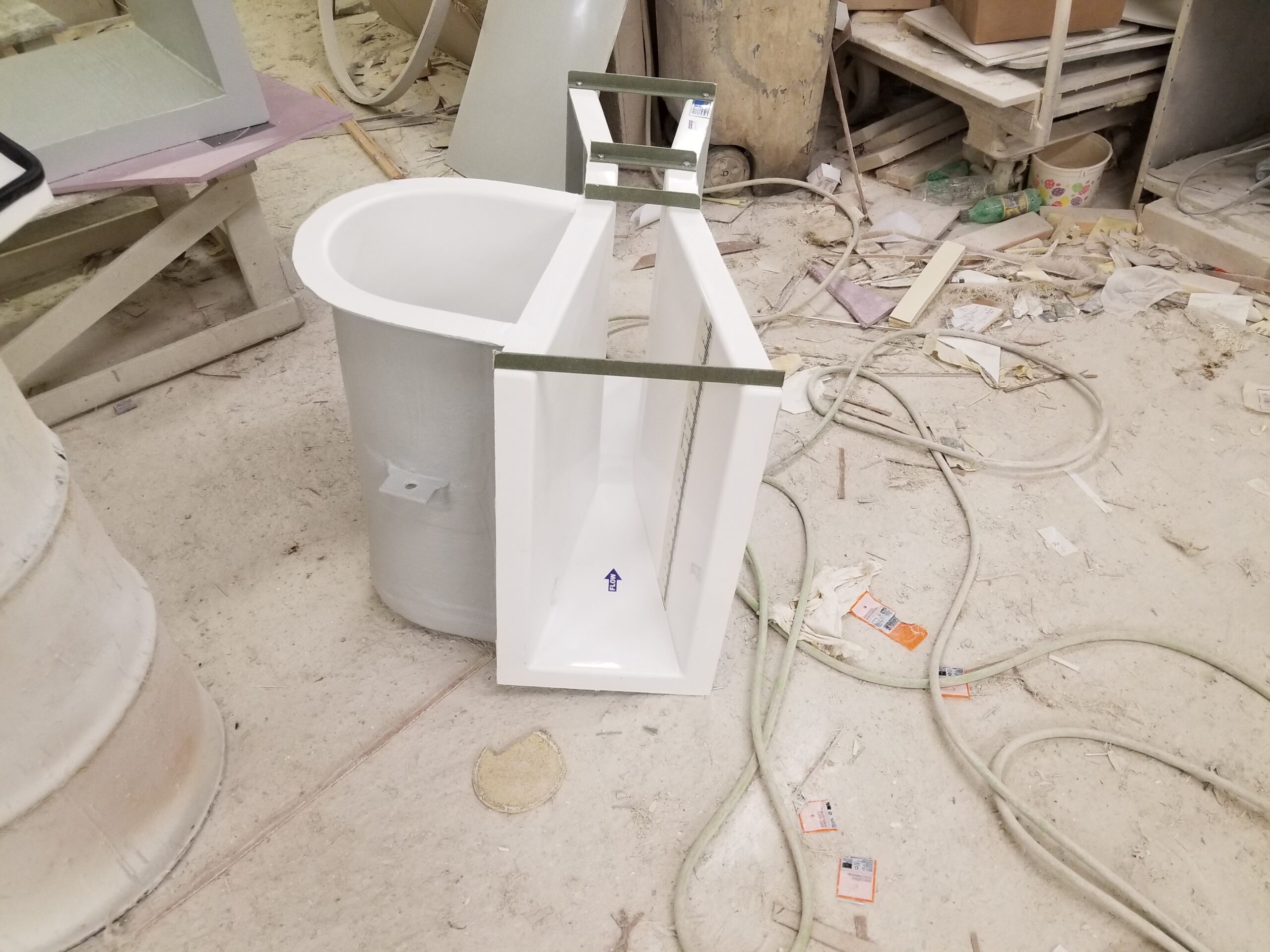Measuring both influent and effluent wastewater flows can be an extremely difficult task. Because wastewater flows are so caustic, they can easily corrode most flow management devices, threatening the accuracy of your readings.
If you’re looking for an effective solution to measure wastewater flow, your best option is a Parshall flume. As one of the most versatile flow management tools on the market, fiberglass Parshall flumes are a great choice for wastewater operations, both for their accuracy and durability. Read about measuring wastewater with Parshall flumes, and find out the best way to locate and purchase these tools for your wastewater operation.
Measuring Headworks
Although all water in a wastewater treatment plant can be damaging to your equipment, the most dangerous is the influent or headworks. Influent flow often contains high levels of hydrogen sulfide and grit, both of which can wreak havoc on the majority of flow management tools.
Because of the corrosive nature of this flow, most flume construction materials simply aren’t suitable. Steel flumes, for example, will suffer corrosion very rapidly, and concrete is vulnerable to biological growth. This means that the best choice for your flume is fiberglass. The gel coating that is used on fiberglass flumes is both easily cleaned and resists corrosion better than other materials you could choose.
Other than durability, the reason fiberglass Parshall flumes are such a good option for measuring influent is their versatility. Parshall flumes were designed to handle a wide range of flows, which is very common in a wastewater treatment plant. These flumes can be purchased in 20 sizes, allowing you to pick the flume that best matches the needs of your plant. Also, Parshall flumes are not vulnerable to solids, which is a concern with wastewater.
Managing Other Flows
While the best reason to install a Parshall flume in your wastewater operation is this flume’s ability to resist damage from influent flows, this flume type is also very effective at measuring other types of wastewater flows.
Wastewater operations are required by law to measure effluent flows that have the potential to infiltrate surface water. Due to the way that they are constructed, Parshall flumes provide a high level of dimensional accuracy, allowing your operators to take consistent readings.
These flumes are also a very effective solution for measuring interplant flow. As mentioned, Parshall flumes are very resistant to damage, which means they can measure all the flows in your wastewater plant, whether it has been treated or not. In addition, the different sizes of Parshall flumes mean you can tailor your flumes to the different flow ranges in your plant.
Installing Parshall flumes throughout your operation will allow you to easily manage all of your flow types.
Measuring Wastewater with Parshall Flumes
Clearly, the most convenient and effective option for measuring your wastewater flows is using a Parshall flume. If you’re ready to start measuring wastewater with Parshall flumes, then you need to purchase your flumes from a trusted manufacturer like Tracom, FRP.
Contact Tracom today to discover the best flumes for waste water management and equip your wastewater plant with high-quality Parshall flumes.




